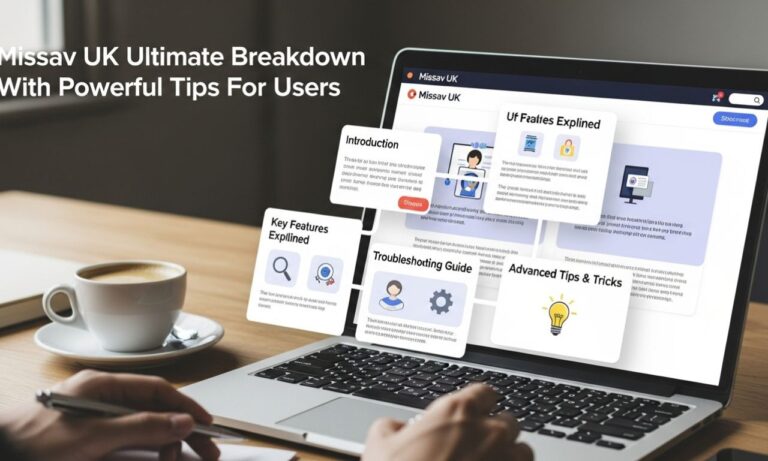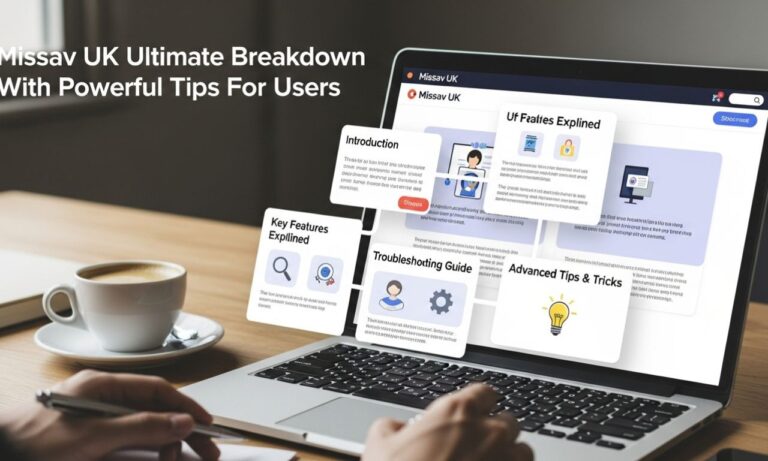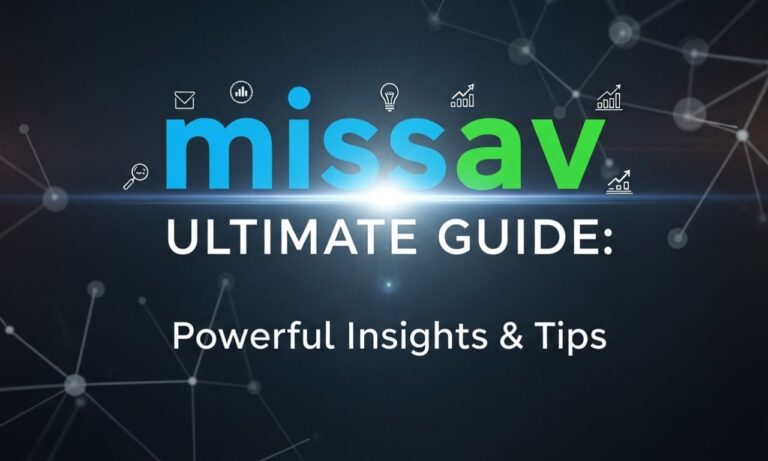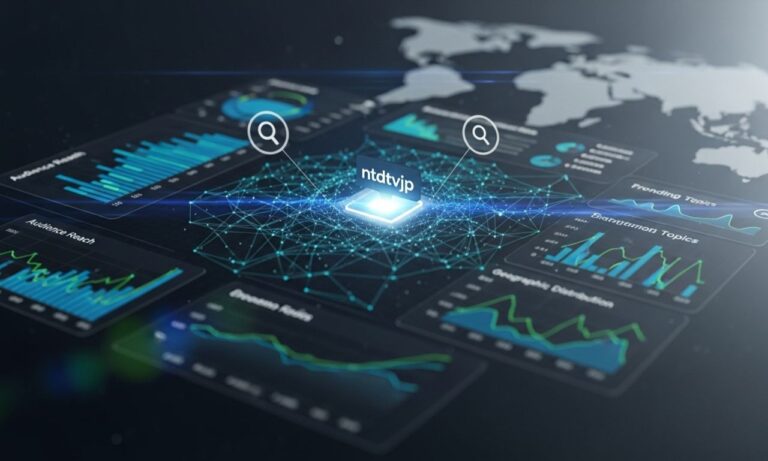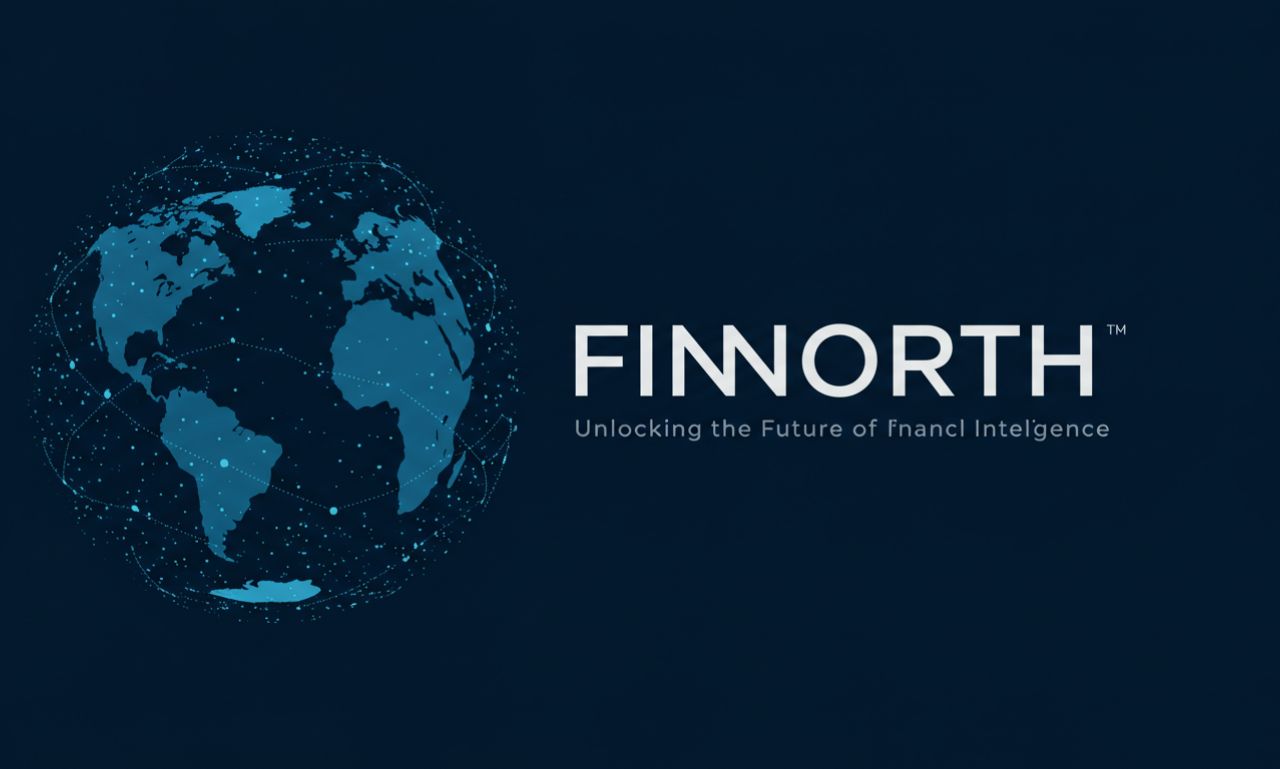
The term finnorth is gaining momentum in the world of finance and technology. Though still new to many, it represents a revolutionary shift in how businesses and financial systems analyze data, make decisions, and predict outcomes. But what exactly is finnorth, and why are experts calling it the next frontier in smart financial strategy?
This article breaks down everything you need to know about finnorth—its meaning, evolution, core features, industry applications, benefits, and future potential.
What Is finnorth?
In simple terms, finnorth is a modern financial framework designed to combine data analytics, artificial intelligence, and strategic adaptability. It isn’t a single app or tool but rather a concept—an approach to creating smarter, more resilient, and future-ready financial ecosystems.
Finnorth enables organizations to move beyond static reports and traditional decision-making. Instead of reacting to market changes, businesses can predict trends, optimize resources, and adapt strategies in real time.
The essence of finnorth lies in merging human intelligence with machine-driven insights. Think of it as a compass guiding companies toward financial “north”—the point of stability, growth, and foresight in an unpredictable world.
The Origin and Evolution of finnorth
The roots of finnorth can be traced to the growing dissatisfaction with outdated financial systems that rely heavily on historical data and rigid processes. As digital transformation swept across industries in the early 2020s, experts saw the need for a flexible system that could adapt to the fast-paced, data-rich business environment.
Finnorth emerged as a response to this challenge. Early adopters began experimenting with ways to unify AI, machine learning, and predictive analytics within a single decision-making framework. Over time, these experiments gave rise to a new discipline that goes beyond finance—it’s now used in technology, logistics, energy, and healthcare.
Today, finnorth represents a mindset shift: from fixed strategies to fluid, intelligent financial ecosystems that evolve continuously.
Core Principles of finnorth
To understand the power of finnorth, it’s important to explore its foundational principles—each designed to help businesses anticipate change and act faster.
Data Integration Across Systems
Finnorth eliminates data silos by combining information from multiple sources—finance, marketing, operations, and customer behavior. This creates a single, unified view that supports accurate decision-making.
Predictive and Prescriptive Analytics
Traditional analytics tells you what happened; finnorth tells you what’s coming next—and what to do about it. Using AI models, it predicts market trends, risk factors, and financial outcomes.
Adaptive Strategy Design
In finnorth-driven systems, strategies aren’t static. They evolve in real time based on continuous feedback from data streams, allowing organizations to pivot quickly.
Energy and Resource Efficiency
Finnorth promotes smarter use of resources. By analyzing patterns, it helps companies reduce costs, cut waste, and enhance sustainability.
Transparency and Accountability
Every decision under the finnorth model is traceable. Businesses can track how conclusions were made and adjust accordingly—improving both trust and compliance.
How finnorth Works
At its core, finnorth operates like a digital nervous system. It continuously gathers and processes information from internal databases, external markets, customer interactions, and even social signals.
Here’s a simplified breakdown:
-
Data Collection:
The system pulls structured and unstructured data from financial records, IoT devices, and online sources. -
Processing and Analysis:
Machine learning models analyze data patterns, identify risks, and generate insights in real time. -
Decision Intelligence:
Based on analysis, fin-north systems recommend or automatically execute optimized actions—whether it’s reallocating assets or adjusting pricing. -
Feedback Loop:
Results are evaluated, and insights feed back into the system for continuous improvement.
This cycle never stops—making fin-north highly dynamic, accurate, and responsive.
Finnorth in Action: Real-World Applications
Fintech and Banking
The financial sector is where finnorth shines brightest. Digital banks and fintech startups use finnorth-inspired models to automate risk assessment, detect fraud, and personalize customer experiences. By learning from every transaction, fin-north enables smarter loan approvals, dynamic interest rates, and predictive investment recommendations.
Retail and E-commerce
In retail, finnorth helps companies forecast demand, optimize inventory, and tailor promotions. By studying purchasing patterns and consumer sentiment, it enables precise pricing and supply chain adjustments.
Healthcare Systems
Hospitals and insurers apply fin-north concepts to manage resources efficiently. Predictive analytics can forecast patient surges, optimize scheduling, and enhance patient care outcomes.
Energy and Utilities
Energy grids use finnorth to balance power loads, forecast demand, and minimize waste. With renewable energy sources fluctuating, fin-north ensures smooth, cost-effective distribution.
Corporate Strategy and Decision-Making
At the executive level, fin-north assists leaders in making data-backed strategic decisions—whether for mergers, investments, or expansion. It helps companies identify opportunities before competitors do.
Benefits of Implementing fin-north
The value of fin-north lies in the transformative benefits it brings to modern organizations:
-
Predictive Power: Identify opportunities and risks before they emerge.
-
Efficiency Boost: Automate tasks, reduce redundancies, and streamline workflows.
-
Enhanced Resilience: Build systems that adapt instantly to market or supply disruptions.
-
Informed Decisions: Use data-driven insights to back every strategic move.
-
Customer Personalization: Tailor products and services to real-time needs.
-
Sustainability: Optimize energy and resources, aligning with green business goals.
When properly applied, fin-north can increase profit margins, improve agility, and reduce operational risk simultaneously.
Challenges of Adopting finnorth
Despite its advantages, implementing finnorth isn’t without challenges:
-
Integration Complexity: Connecting diverse data systems can be technically demanding.
-
High Initial Costs: Building predictive and adaptive infrastructure requires investment.
-
Data Privacy Concerns: Handling sensitive financial information mandates strict governance.
-
Skill Shortage: AI-driven analytics demand skilled professionals in both data science and finance.
-
Resistance to Change: Shifting to adaptive models can disrupt traditional company hierarchies.
Organizations must address these barriers through careful planning, robust security, and employee training.
How to Implement fin-north in Your Organization
For those looking to integrate finnorth principles, here’s a practical roadmap:
-
Define Objectives: Identify key areas where real-time intelligence adds value (e.g., risk management, pricing, forecasting).
-
Unify Data Sources: Break data silos and centralize all relevant information streams.
-
Adopt Predictive Tools: Introduce AI-powered analytics and visualization platforms.
-
Build Adaptive Models: Use feedback systems that learn from new outcomes continuously.
-
Promote a Data-Driven Culture: Encourage teams to trust and act on insights, not instincts alone.
-
Ensure Compliance and Ethics: Maintain transparency, fairness, and privacy in decision-making.
-
Scale Gradually: Start with small pilot programs before deploying fin-north across the organization.
This step-by-step approach helps balance innovation with control.
Future of finnorth
The future of finnorth looks incredibly promising. As AI, quantum computing, and automation advance, fin-north systems will grow even more capable and accessible.
In the coming years, we can expect:
-
AI Strategy Advisors: Systems that autonomously design and execute financial strategies.
-
Cross-Industry Integration: Shared fin-north networks connecting banking, retail, and energy.
-
Real-Time Governance: Continuous auditing and ethical oversight built directly into frameworks.
-
Wider Adoption: Small businesses leveraging cloud-based fin-north services.
-
Sustainable Finance: Greener, data-driven operations aligning with global ESG standards.
Ultimately, finnorth could redefine how entire economies operate—making financial intelligence faster, fairer, and more sustainable.
Why finnorth Matters
In a world flooded with data, finnorth brings direction. It helps leaders cut through noise, focus on meaningful insights, and act decisively. By merging artificial intelligence with financial acumen, fin-north bridges the gap between information and foresight.
Those who embrace this model early will likely lead the next digital revolution in finance—one built on agility, transparency, and intelligence.
Conclusion
Finnorth is not just a buzzword—it’s a transformative way of thinking about finance, strategy, and technology. By combining real-time analytics, adaptive strategy, and ethical intelligence, it allows organizations to stay ahead of uncertainty and competition.
As industries evolve, those guided by fin-north principles will set new benchmarks for efficiency, agility, and trust in the digital economy.




